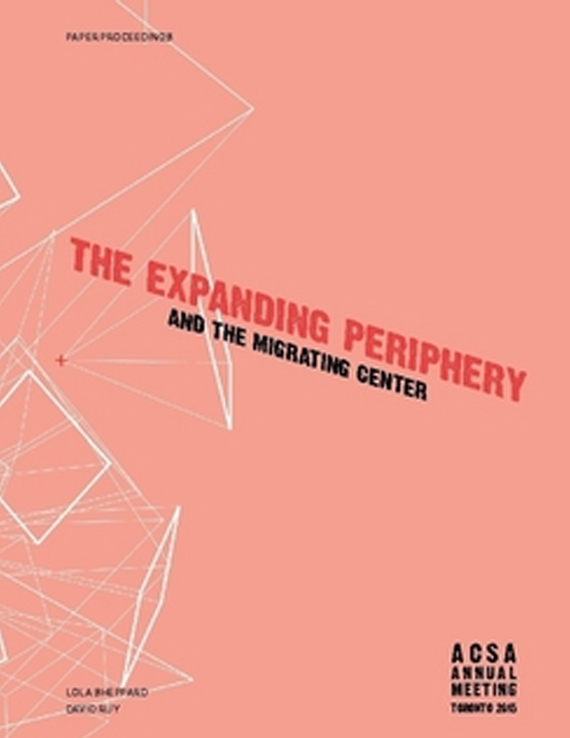Author(s): Caroline O'Donnell
Kallipoliti, in her call for papers, describes an ‘anything goes’ condition, in which so-called environmental projects act without consistency of expression. Pushing deeper into the logic behind this condition, this paper asks why these projects—which have in common very physical environments—would be so disparate? This question is imperative not because of a need for the categorization of this work as a style but because the lack of consistently suspiciously indicates a dilution or impotency in the work. If this work is so urgent, so vital in today’s architecture and for the planet, why is its presence not more forcefully inserted into our discipline? Why instead is it concealed behind a veil of normality of global architecture and a contemporary modern aesthetic? And more importantly, what models might be deployable to destabilize this situation and allow environmental architecture to emerge from behind the curtain?The secondary ranking of environmentally responsive architecture and the dominance of the aesthetic is attributable to Vitruvius, who wrote that the only thing more important than climatic concerns was order and symmetry in architecture. This hierarchy has been difficult to overthrown for generations of architects. Translated to today’s terms, we see, through a series of brief case studies, how the Vitruvian hierarchy remains true today. In order to find a way to invert or destabilize this hierarchy, this essay looks to the style which aimed to both do something and to express its doing, to express its mechanics and systems: functionalism. We are reminded of the biologic origins of the term functionalism and by maintaining the biologic in the understanding of the term, propose a new environmental functionalism for today.
Volume Editors
David Ruy & Lola Sheppard
ISBN
978-0-935502-95-4

 Study Architecture
Study Architecture  ProPEL
ProPEL 
